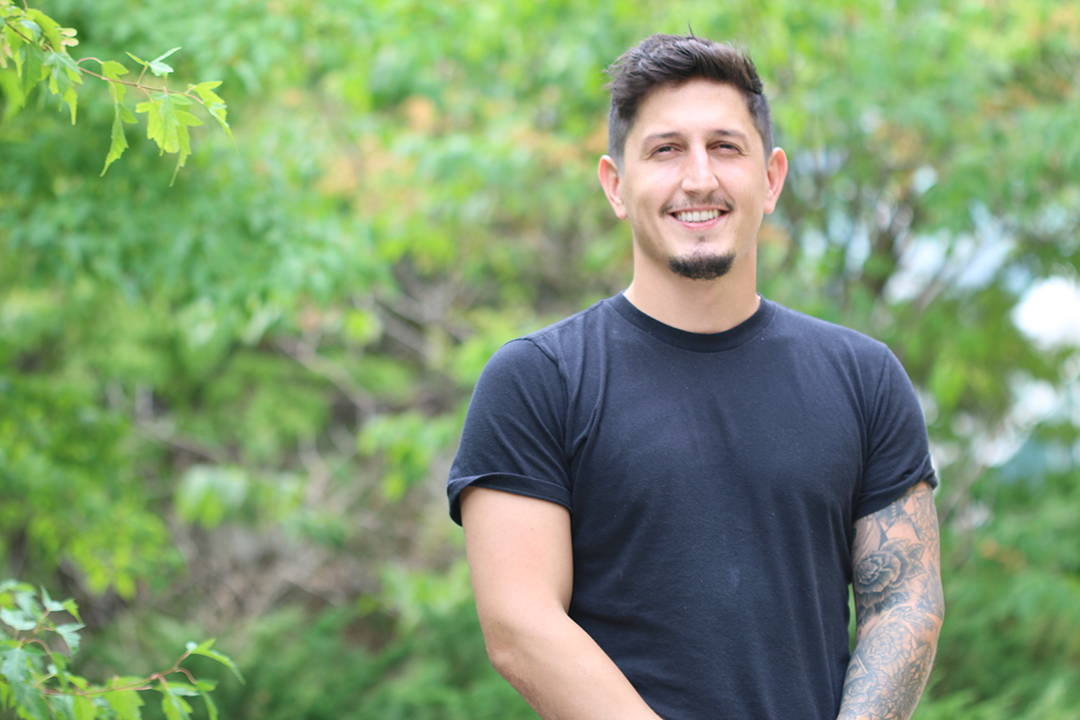
Stall-side research
Mateo Castano Ospina, a veterinary student at the Western College of Veterinary Medicine (WCVM), spent four months working as the Townsend Equine Health Research Fund (TEHRF) undergraduate summer research student in 2021.
By Jessica ColbyEach year, the equine research fund provides financial support for a veterinary student to work on a horse-health focused research project.
“I think the program gives veterinary students a great opportunity to get some insight in the research field and exposure to equine handling,” says Castano Ospina, who is originally from Winnipeg, Man. “I am very thankful for the opportunity that [the] TEHRF undergraduate summer student research program provided me this summer.”
He worked with Dr. Joe Bracamonte, a WCVM associate professor and large animal surgical specialist. Over the past few years, Bracamonte’s research team has worked on multiple studies targeting septic arthritis — inflammation of a horse’s joint that’s caused by bacteria or another infectious agent.
Septic arthritis is usually “caused by traumatic injuries, like … some sort of puncture or gash or laceration,” explains Castano Ospina. Besides being very painful, septic arthritis is very challenging to diagnose and treat.
During his summer of research, Castano Ospina worked on a study to determine whether a stall-side test is effective in detecting levels of serum amyloid A (SAA), an acute phase protein that’s useful for diagnosing systemic and joint inflammation in horses.
Veterinarians currently rely on a latex agglutination turbidimetric immunoassay (LATI), a lab test that identifies certain antibodies and antigens, to measure SAA in equine serum and plasma. As a faster, in-the-field alternative, the clinical team evaluated a handheld reader — named the StableLab EQ-1 — to measure SAA.
“[It’s] simple and you get the results in 10 minutes [whereas with] the gold standard test, you have to take a sample and then send it to a lab and wait for the lab to send you the results,” says Castano Ospina, who has been comparing results from the two tests. “It’s to aid veterinarians working on these cases, and so they can plan their treatments according to that result.”
After he graduates from the WCVM in 2024, Castano Ospina plans to pursue his interest in surgery and eventually hopes to become a board-certified veterinary surgeon.
Jessica Colby of Montmartre, Sask., is a University of Regina journalism student. She worked at the WCVM as a summer research communications intern in 2021.
